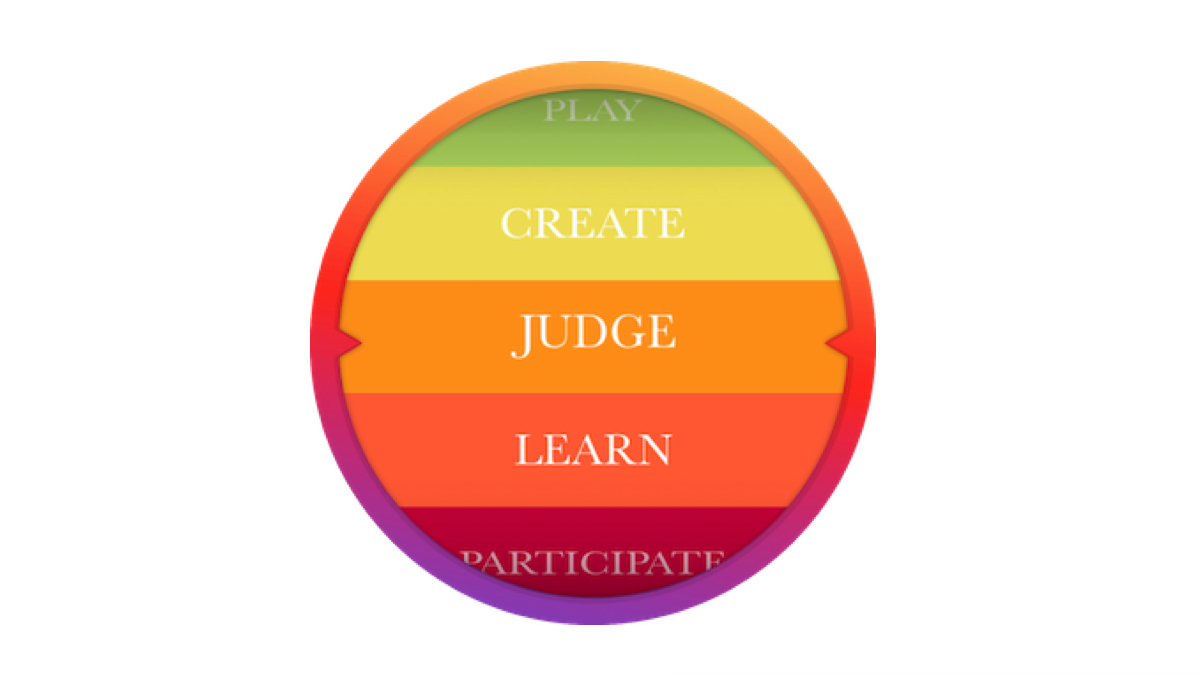
Investment DAOs are just one example. DAOs can be used to coordinate almost any activity within digital environments and in time, many physical environments too. Today there are grants DAOs, doing the work of nonprofits and community development funds, protocol DAOs operating numerous decentralized finance applications, media DAOs driving the future of journalism and information dissemination, social DAOs turning social networks into economies, and service DAOs doing work of so many varieties that I can’t even adequately cover them here. DAOs are, or will be, the organizational form for many of the applications I describe in the remainder of the article.
DAOs have at least three distinct advantages over traditional organizations: (i) speed of capital formation (ii) voting is transparent and easily executed, and most importantly, (ii) they mitigate the trust requirement around jointly-owned assets.
I would also hasten to note that DAOs are not without challenges. Decentralized governance is hard. Free rider and blockholder problems continue to exist. I touch on these issues in the participate-to-earn section below.
It’s also worth noting that although the smart contracts relieve us from trusting each other, we now have to trust the code. Using battle tested code is one solution, but we also have an army of shadowy supercoders on our side. These individuals are a feature, not a bug. White hats like Samczsun, Immunofi, IntoTheBlock, and many others are serving as sentries, catching code vulnerabilities on our behalf before they are exploited. Compensation comes in both non-pecuniary reputational capital, but also explicit rewards like bug bounties. Any atomistic coder can join this army, no ID or resume required. They will be part of the future of work story.
The best deep dives on DAOs are Aaron Wright’s journal article and Coopahtroopa’s Mirror post, which points to many additional articles if you want to go further down the DAO rabbithole.
Capital and labor are two well-known factors of production. Each can be deployed to earn income within crypto economies.
Capital-to-earn models have been around since the day Bitcoin was launched.
In proof-of-work protocols like Bitcoin and Ethereum, anyone can deploy capital to hardware and electricity to mine blocks, and begin earning.
In proof-of-stake protocols like Solana and Avalanche, anyone can deploy capital to the native asset, stake it, and begin earning.
More recently, there have been numerous options to engage in liquidity mining and yield farming, which involves deploying capital to, say, a lending protocol or decentralized trading venue, in order to begin earning.
These have historically been the dominant sources for earnings within the crypto economy and they will continue to grow. For example, staking rewards are positioned to become one of the largest categories of fixed-income instruments in the world. But that’s a story for another day.
Today, I’m focusing on labor-to-earn models, which are more fascinating because they leverage these new coordination mechanisms to convert human input to capital. This means that earning opportunities are available to a much wider swath of people. It is the democratization of economic empowerment on a scale we have not previously witnessed.
I will disclose up front that Collab+Currency has invested in many of the projects I mention below, so I am not an unbiased observer. Rather, we are severely biased. Our view is that these economies will drive the future of human interaction and we are investing in that future.
- Additional
- applications
- around
- article
- articles
- asset
- Assets
- Avalanche
- Battle
- BEST
- Bitcoin
- Bug
- capital
- code
- community
- Compensation
- continue
- contracts
- crypto
- DAO
- day
- decentralized
- Decentralized Finance
- Development
- digital
- driving
- Earnings
- Economic
- economy
- electricity
- ethereum
- farming
- Feature
- finance
- form
- Free
- funds
- future
- governance
- Grow
- Hardware
- here
- hr
- HTTPS
- ia
- Income
- information
- interaction
- intotheblock
- investing
- issues
- IT
- join
- journalism
- labor
- lending
- Leverage
- Liquidity
- medium
- Mining
- mirror
- networks
- operating
- opportunities
- Options
- order
- Other
- People
- physical
- Production
- projects
- Proof-of-Stake
- Proof-of-Work
- Rewards
- Scale
- serving
- smart
- Smart Contracts
- So
- Social
- social networks
- Solana
- speed
- stake
- Staking
- time
- touch
- Trading
- Trust
- us
- View
- Voting
- Vulnerabilities
- within
- Work
- world
- worth
- Yield













